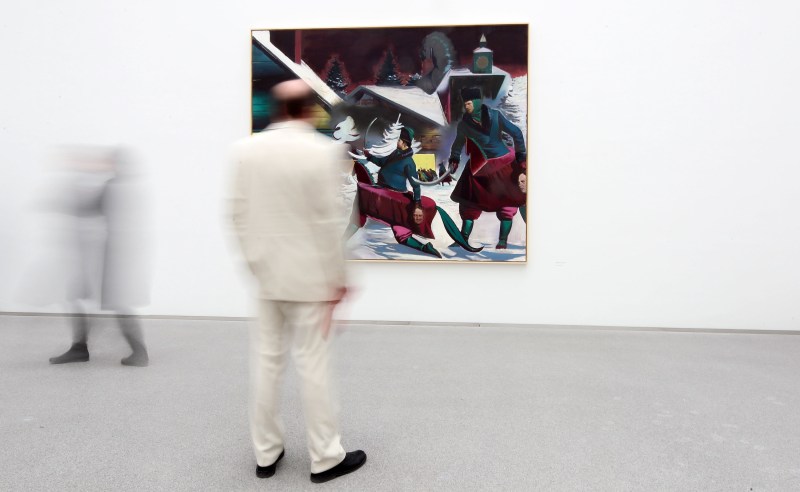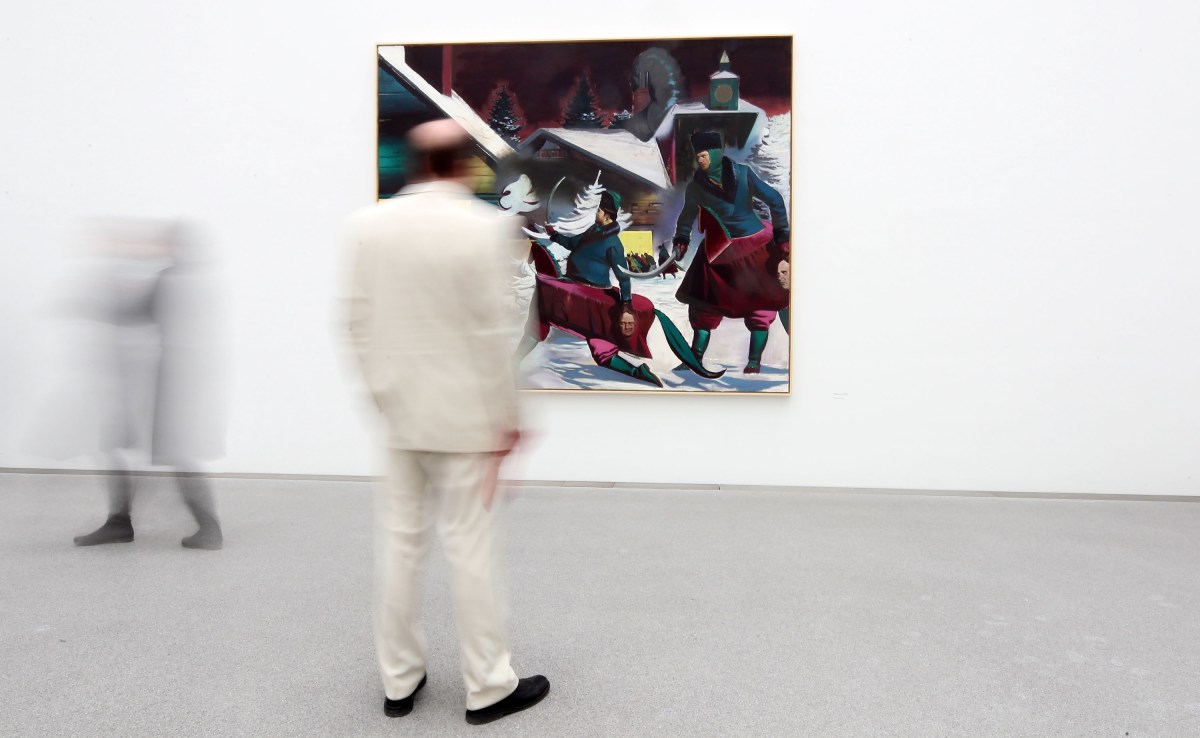
Technology is a major factor behind the art world’s ever-changing landscape. From the printing press to the daguerreotype, innovations have provided artists with new media and avenues to pursue their craft. Today, with the advent of virtual reality goggles and other wearable devices, museums are incorporating technology into their exhibitions as a way for patrons to explore these vast new boundaries. Google recently took this exploration a step further with its Google Art Project, which essentially makes works from various museums around the world available online in high-resolution image form. You can even “walk through” the museum itself from your computer.
It is projects like Google’s that make curators worried about whether museums will soon be a thing of the past, replaced by digital versions for people to experience at their own convenience. Despite the instinctive pushback to a digital replacement for museums, internet-hosted exhibitions do have their merits. For one, it democratizes the arts, making them available for all. A 2012 study by the National Endowment for the Arts found that 31 million adults that wanted to see a particular exhibition did not because of various economic, geographic, or social barriers. These limitations could include having young children, limited dispensable income, inhibited mobility, or simply not having somebody to go with.
That said, nothing can replace the visceral experience of seeing a sculpture in person or being immersed in an exhibition as the curator intended. Hrag Vartanian, editor in chief of arts blog Hyperallergic, has suggested decentralizing museums (as has been done to libraries), as a way of combating the aforementioned barriers. Here’s Vartanian’s take:
“It’s not as radical a proposition as you might think. The National Gallery of Art and the Smithsonian Museums in Washington are perfect examples of national institutions with encyclopedic collections that are well suited for this idea. While the National Gallery of Art regularly lends works to regional museums across the country, maintains an extensive free online archive of 45,000 images and offers free admission to visitors, there’s no reason all of its collection should be in D.C., particularly when the majority of it never leaves the storeroom. The same is true of the British Museum in London and the Uffizi in Florence, which both have large, historic collections of art.”
Though Vartanian makes a valid argument (you can read it in full here), it’s hard to imagine the digitization of museums slowing down. Technology and art have always had a close relationship, and it will likely never change. Besides, this relationship can be a lot of fun. In an effort to celebrate the intersection of art and technology, RealClearLife has curated three videos that demonstrate art’s virtue in a non-digital setting.
This article was featured in the InsideHook newsletter. Sign up now.
























